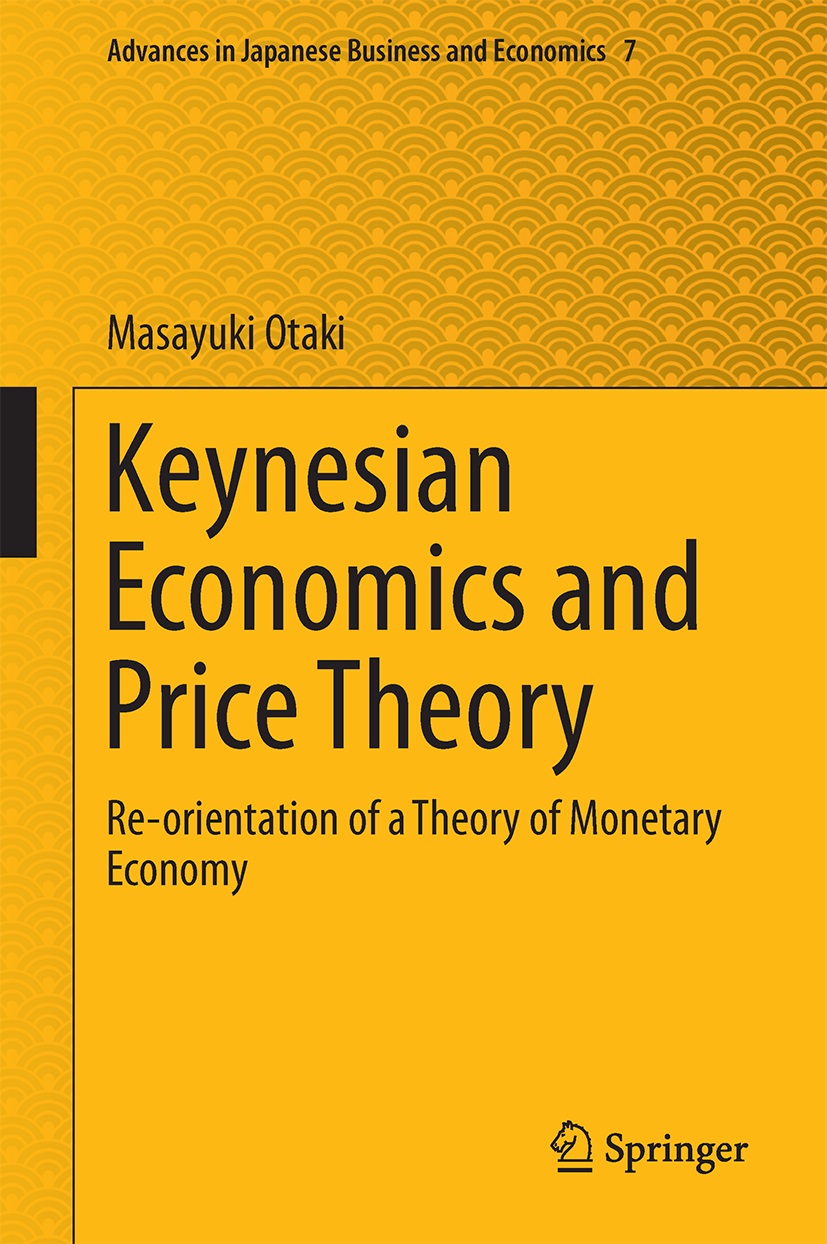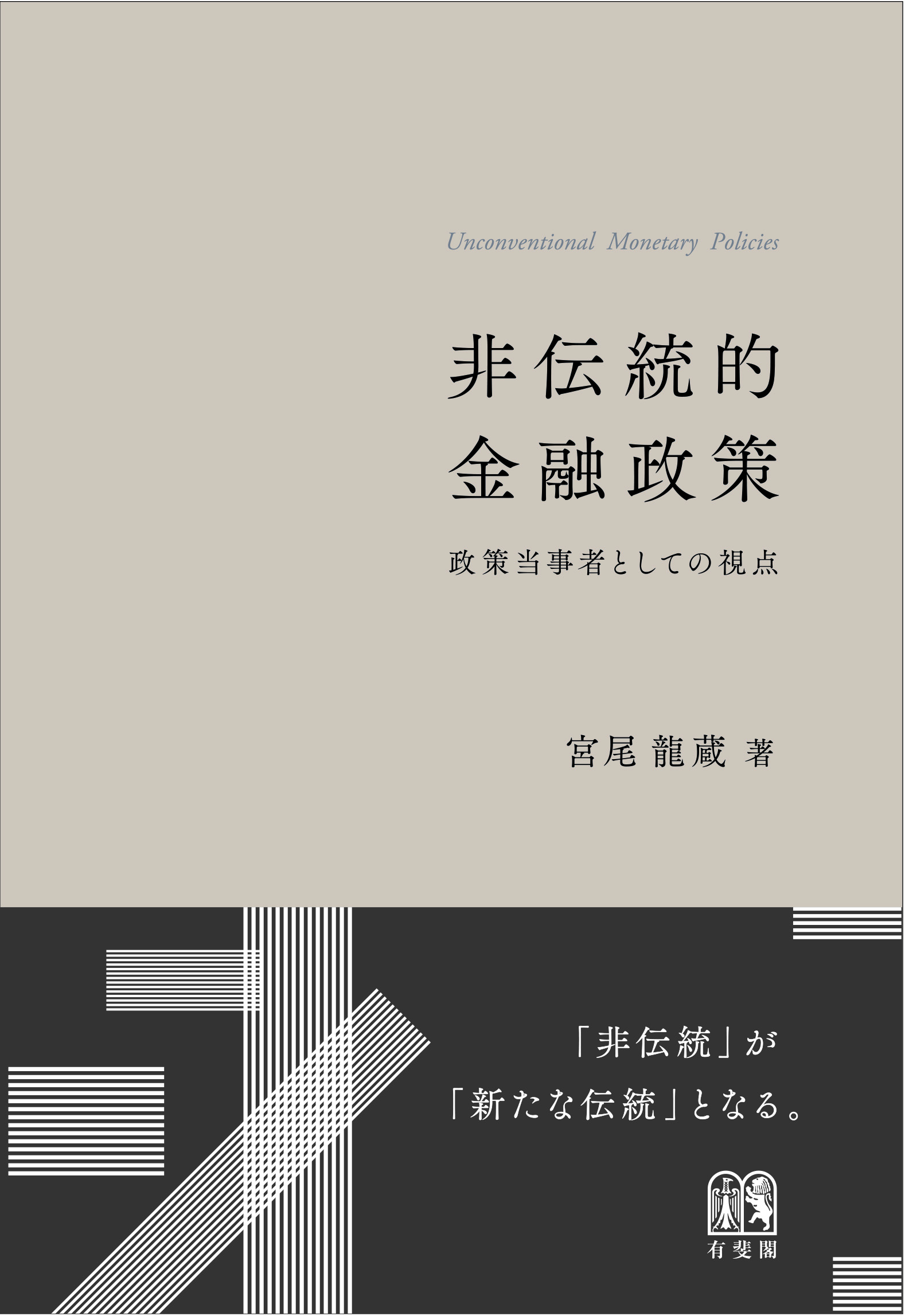
Title
Keynes to Hayek (Keynes and Hayek)
Size
328 pages, paperback pocket edition
Language
Japanese
Released
December 16, 2011
ISBN
978-4-06-288130-2
Published by
Kodansha
Book Info
See Book Availability at Library
Japanese Page
Keynes and Hayek are generally considered rivals: Keynes advocated market intervention through fiscal and monetary macroeconomic policies for economic measures, whereas Hayek was opposed to such interventions. In terms of contemporary mainstream economics, the difference between the two approaches can be interpreted as choosing between rejecting and accepting rational decision-making—the basis of microeconomics—pertaining to resource allocation at different points in time. Furthermore, those familiar with both theories on capital and monetary policies may say that the point of contention revolves around the decision to approve discretionary monetary easing during periods of recession, or whether strict adherence to the gold standard should be maintained, while overlooking the closures of enterprises.
However, these interpretations focus on the theories at a particular time, and overly emphasize the concept of rational decision-making by economic agents in neoclassical economics. From this perspective, this book details the historical series of setbacks and transformations in the ideologies of both Keynes and Hayek, and discusses their interpretations of "freedom" based on identified similarities and differences.
The suitable "size of the government," according to Keynes and Hayek, is a secondary topic. The difference between the two lies in their interpretation of the market economy at the macro or micro level. At the macro level, Keynes discusses the decision on whether to invest or consume money in light of an uncertain future, advocating discretionary policies to smooth economic fluctuations. In contrast, Hayek addresses this at the micro level, and toward the end of his career, realized the necessity of a common law, given market economies’ inability to demonstrate autonomy. From Hayek's point of view, using "macro" as the market's unit of analysis is the first step toward market intervention.
Both men considered the future, not in terms of risk, as in the neoclassical sense, but in terms of uncertainty and, therefore, considered the market economy as being mediated by money, rather than by bartering. Although money can buy goods, there is no guarantee that goods will necessarily sell. The “liquidity trap” refers to a decrease in the number of people exchanging money for goods with an unknown sales outlook, in the face of an uncertain future. Keynes argues that, in such crises, the government should purchase these goods as part of its fiscal policy. On the other hand, Hayek claims that by adhering to the gold standard, and later, by employing rules requiring private banks to issue currency in a competitive manner and under a common law, liquidity traps should not arise in the first place. This was less of a confrontation than it was Keynes' interpretation of the market economy that began during a crisis, and Hayek's analysis that began during a time of peace.
Although Keynes and Hayek advocate various overarching social policies, they are premised on the model of the market economy described above, based on which we examine the ideal combinations of customs and change, and policy and freedom (i.e., conservatism, liberalism, and democracy).
(Written by MATSUBARA Ryuichiro, Professor, Graduate School of Arts and Sciences / 2018)



 Find a book
Find a book






